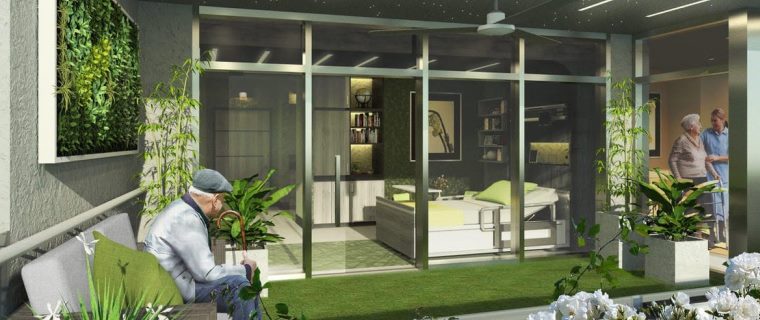While much has been made about COVID-19’s impact on everything from office to retail and hotels, there’s one property type that’s keenly feeling its effect: the health care sector.
Hospitals and medical facilities have fundamentally changed their operations since the pandemic ripped across the nation in early 2020. Sanitization and social-distancing needs became paramount; telemedicine went from fringe to mainstream; and the care of aging patients, especially in areas like Florida with large populations of senior citizens, came front and center. That’s shifting the design of new health care facilities, including projects like Miami’s Vertical Medical City Biscayne, which are trending towards mixed-use complexes that fuse health care with accessibility.
Developers are experimenting with models where patients don’t have to leave their neighborhoods to get the care they need. The trend is driven by the demand among South Florida’s many baby-boomer residents for community-based wellness centers that incorporate apartments, condos, medical-grade pharmacies and advanced medical services on the same campus.
Some developers are acquiring vacant 50,000- to 60,000-square-foot retail centers for conversion to mixed-use wellness centers.
Developer Tabitha Ponte’s Orlando-based company, Ponte Health Properties, is planning a mixed-use, health care city of the future for Miami’s downtown. Vertical Medical City Biscayne, a triple-tower, high-rise complex designed to provide comprehensive health care for people over the age of 60, will combine medical offices, outpatient surgery areas, a life science research component, and a residential component of up to 800 senior-living units that will offer both independent and memory care options. A small on-site hotel would provide short-term recovery from outpatient surgery outside of a hospital setting.
Ponte envisions a network of similar projects across the U.S., starting in Florida. The first project, in Orlando, is about to break ground. And Miami’s Vertical Medical City Biscayne, which was pushed back a bit by the pandemic, will follow next year.
When it comes to new construction, the key is more flexible design options that include adaptive reuse.
Location is also critical. By and large, hospitals and single-purpose properties are giving way to more outpatient centers and ambulatory service centers located within the neighborhoods they serve.
Source: Commercial Observer



